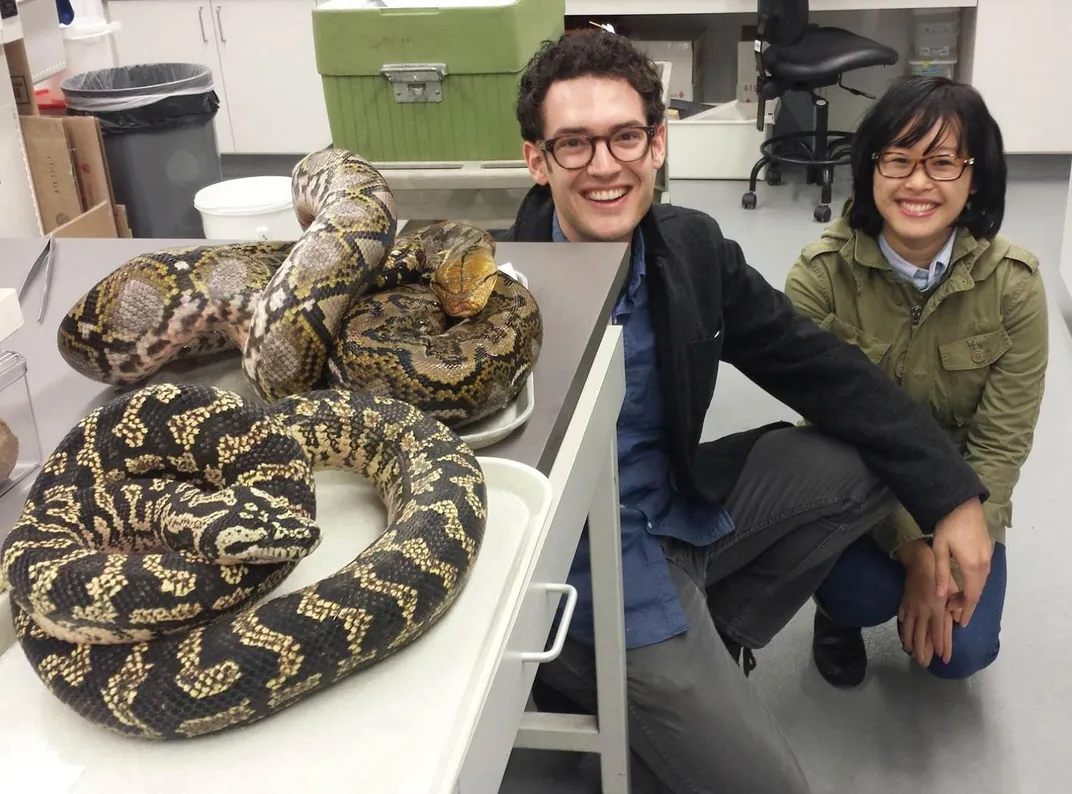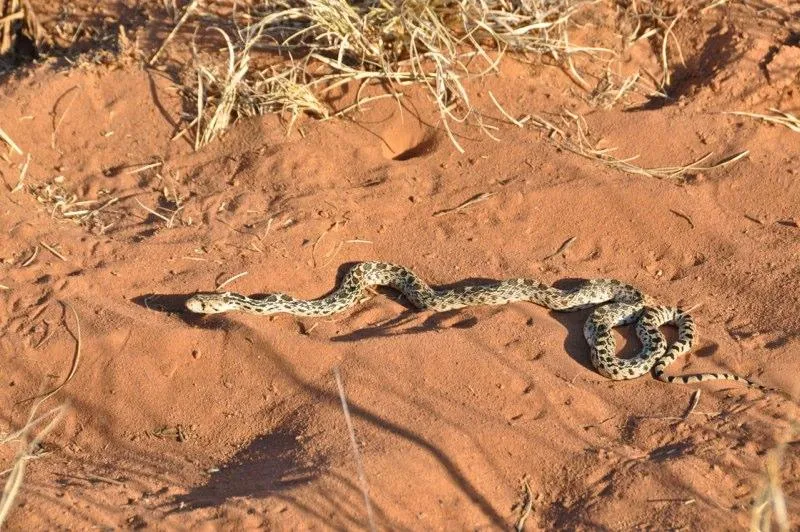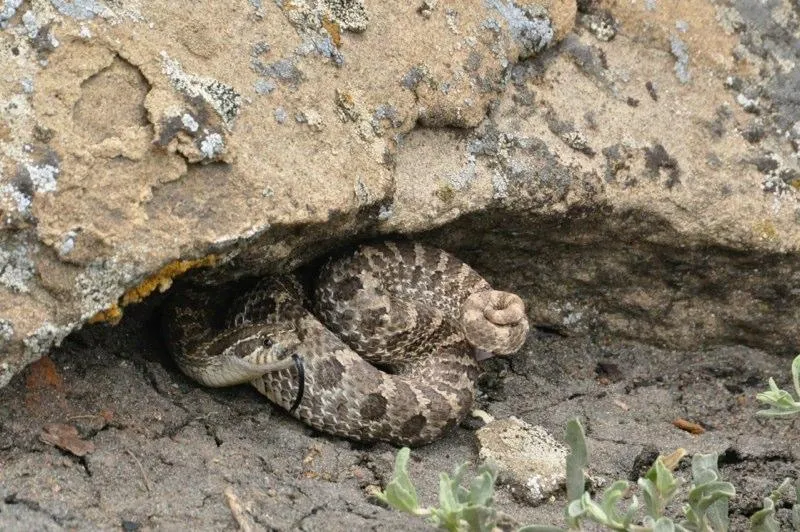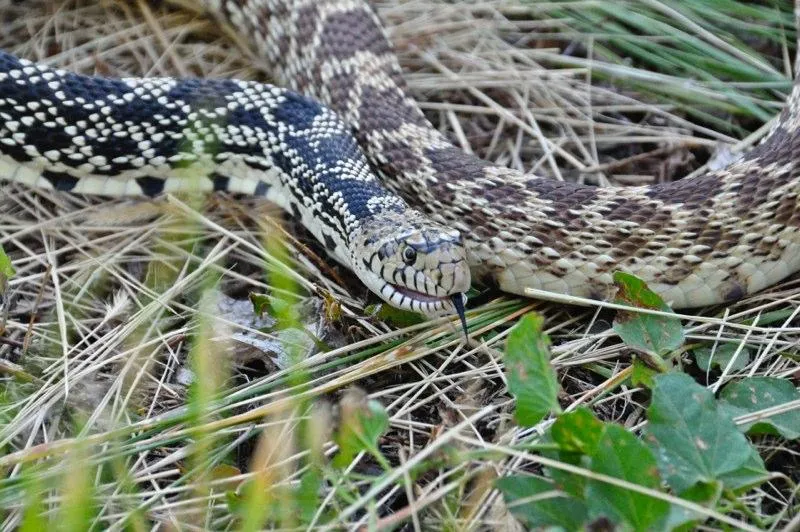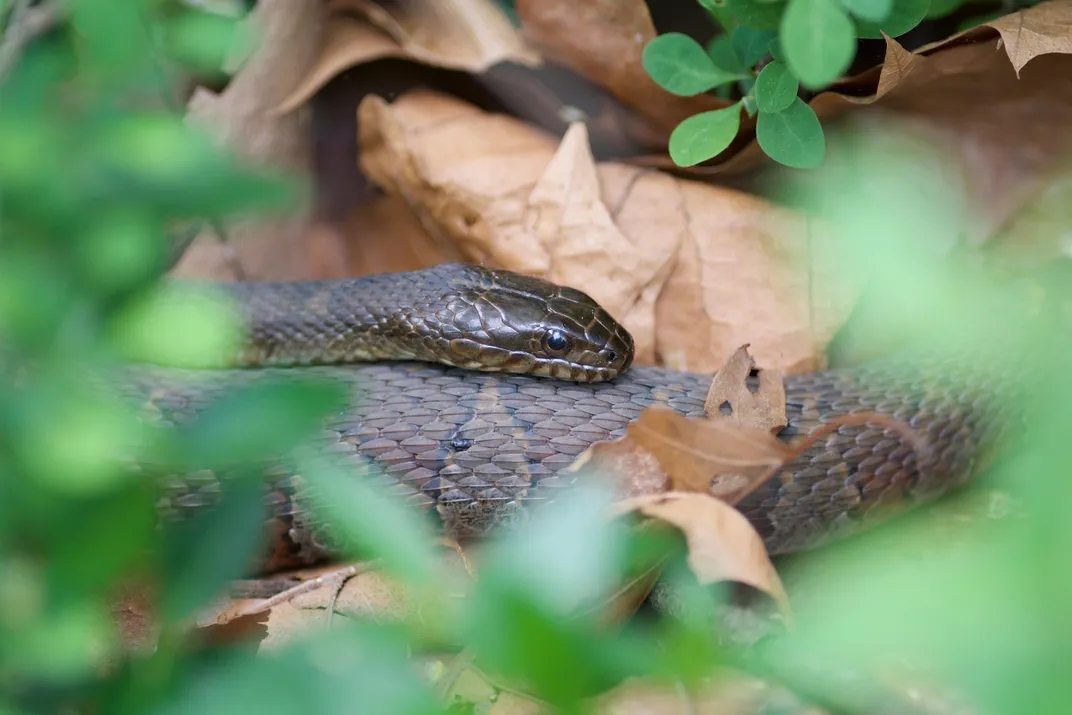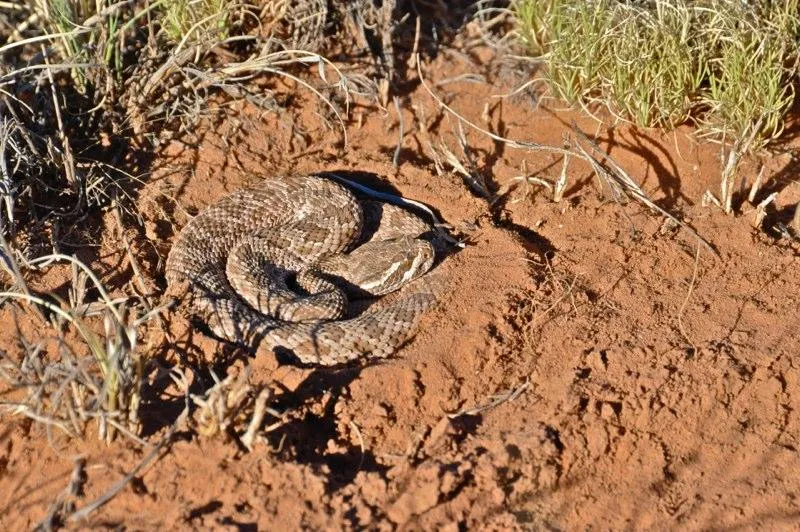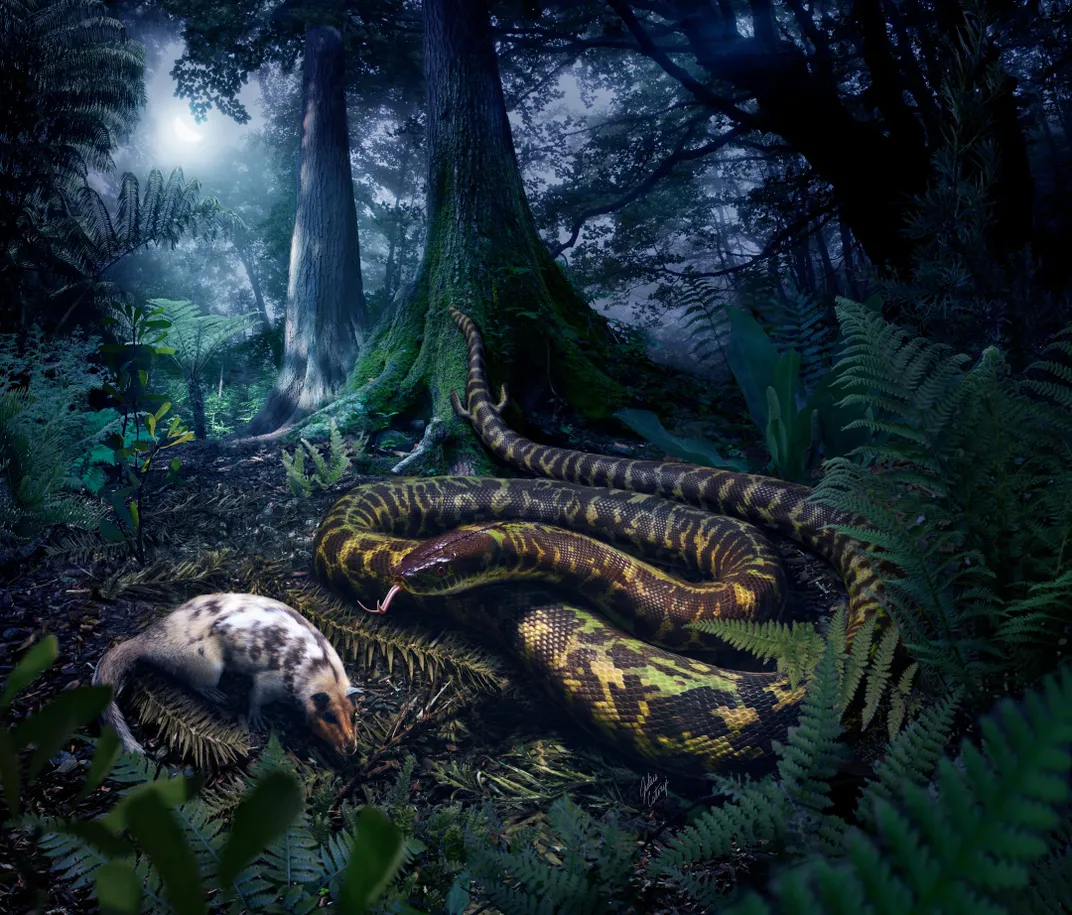The Mother of All Snakes Looked Surprisingly Modern
New research indicates why the slithery beast’s body appears pretty much as it did 110 million years ago
/https://tf-cmsv2-smithsonianmag-media.s3.amazonaws.com/filer/06/b6/06b63c71-1a9e-4e3a-a039-9753ecf86386/ancestralsnake_05_2160.jpg)
Some 110 million years ago, long before the dinosaurs died, the most recent common ancestor of all living snakes slithered through the dense jungles of Gondwana, stalking small mammals and beetles beneath an ancient moon.
That’s the conclusion of a recent analysis from researchers at Yale University, who conducted the first in-depth genetic and anatomical study of dozens of snake species, living and extinct, to come up with a best guess for the behavior and physical traits of the ancient creature. At 10 feet long and with two puny limbs dragging near its tail, it would probably give you the chills if it crossed your path today.
The findings underscore the great evolutionary success of the snake body structure. There are more than 3,000 species across every continent except Antarctica, but snakes haven’t changed much in more than 100 million years. “Despite not having legs, snakes are adept at surviving in a variety of habitats—deserts, forests, aquatic environs, in trees, underground. They are incredibly adaptable,” says Daniel J. Field, a Yale evolutionary biologist who, along with colleagues, published the analysis in the journal BMC Evolutionary Biology.
Several vexing questions about snake evolution have persisted for decades: Did they originate on land or in the oceans? How did they get to be limbless? What did the earliest snakes eat? “Historically, there has been of a lack of informative fossil snakes, and it’s been a limiting factor for understanding how and when modern snakes came to be,” says Field.
Working with 73 living and extinct snake species, he and his colleagues compared DNA across 18,000 base pairs as well as 766 anatomical features. Recent fossil finds – including three well-preserved specimens recovered within the last decade, two from Argentina and one from Wyoming – offered a better look at early snakes. The results point to a creature that was nocturnal, didn’t have the flexible jaws of today’s snakes, probably lived and hunted above ground (rather than burrowing, as some scientists had suggested), and originated in what is today’s South America. The snake, as expected, appears to have had vestigial back legs.
Legs were one of the key features that the scientists relied on in constructing possible relationships. Boas, long thought to be outside the modern lineage of snakes because their predecessors had rear limbs, are, according to this analysis, more closely related to the protosnake than previously thought.
Why snakes completely lost their legs over time, as well as why they have remained the same for so long, are still open questions. Some experts think leglessness gave snakes an advantage for stealth hunting or burrowing. Other recent research suggests something entirely different: that the snake body is the original blueprint–that lizards and other four-legged reptiles actually evolved legs from the snake’s simple form. The debates will no doubt evolve as new fossils are discovered.
With their proposed list of traits in hand, Field and his team called on renowned paleoartist Julius Csotonyi to bring this ancient ancestor to life in an illustration. Csotonyi chose to depict it patterned in mottled green, yellow and brown, like some of today’s pipe snakes, and gave it the forked tongue and scaly eye coverings that modern snakes have.
As for the snakes that existed even before this one? The analysis offers some new insights: It suggests a new date for when snakes diverged from the rest of the reptiles, 130 million years ago. This differs from most accepted estimates for the snake-reptile split, which was thought to have happened around 100 million years ago. It also suggests that snakes evolved entirely on land, despite key anatomical similarities with extinct, ocean-dwelling reptiles called mosasaurs.
Michael Lee, a genetics expert at the University of Adelaide in Australia who studies the origin of ancient reptiles, says, “This is the most comprehensive and rigorous study of snake origins to date.” But it is far from complete. It looked at only several dozen of the world’s thousands of living snake species. “Their reconstruction is plausible, but so are other interpretations,” Lee says. “The most recent common ancestor of living snakes is going to be tricky to reconstruct.”
